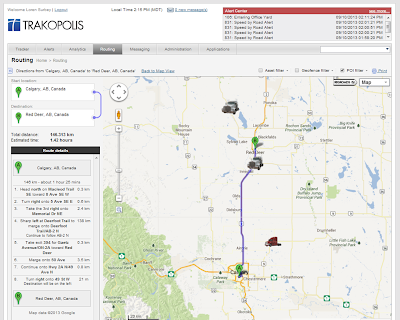Amtrak maps trains from coast to coast with Google Maps Engine
Posted:
Monday, September 30, 2013
Editor's note: Today’s guest blogger is Steve Alexander, Creative Director of E-commerce for Amtrak, the United States’ intercity passenger rail service and high-speed rail operator. See what other organizations that have gone Google have to say.
Rail travel has been around since the mid-1800’s, but these days at Amtrak, we spend more time looking forward than backward. A big part of being innovative and making travel easier for our 31 million passengers every year, is giving people accurate information about train locations and arrival times. Google Maps Engine is providing the technology behind our newest online feature: an interactive train locator map that makes it easy for people to see where trains are and when they’re getting to their destinations.
Checking on train status is the second most-common activity at Amtrak.com, right after buying tickets. Whether it’s a business traveler trying to figure out which train to take to get to a meeting on time, or a parent wanting to know when to pick up their kid returning from college, everyone wants to know when their train will arrive. Prior to the train locator map, Amtrak customers could only see a text list of train status and station arrival times. The station map we launched for our customers last year had already shown us how compelling a visual representation of train information could be – and that led us to expand our use of Google Maps Engine for our latest map.
Our new train locator map lets people look at all the active trains across the country, or zoom in on a given region or station. People can search for one of our 300 daily trains by name or train number. By mousing over a train on the map, they can see a pop-up window showing whether the train is on time or late, and when it’s going to arrive at the next station. We get the near real-time data from GPS devices on each of our trains; as a train passes by sensors near the tracks, the location information is pushed into Google Maps Engine, along with station data from our content management system.
This way, Amtrak can continue to think up more ways to make our map traveler-friendly, like adding information about local transit, restaurants and nearby tourist attractions. As we build more layers on top of the map, we hope it improves the customer experience even further and changes the way our customers think about their upcoming travel with us.

















.JPG)
